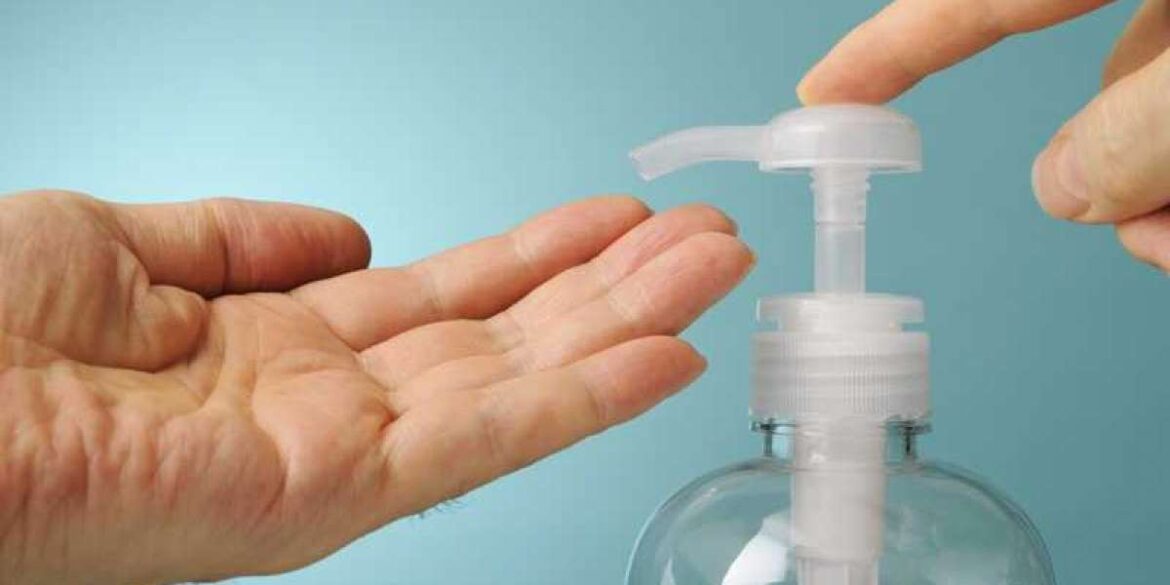Guide to more sustainable liquid hand soaps
| On Mar24,2022
According to some recent research, by the year 2027 the global market of liquid hand soap is expected to double; the main and vital reason being the sad existence of Coronavirus in our lives. The consumers have become increasingly aware and cautious about their health and hygiene practices. This has led to change in their behavior causing a shift towards use of liquid hand soap in comparison to a bar soap.
Unfortunately, there are multiple problematic aspects concerning the liquid hand soap industry. Here we are going to discuss these aspects and guide you to the best available options in the market.
How does liquid soap work?
Before we move further, let’s understand what is present in a liquid soap and how it works.
The main function of a liquid soap is to clean and wash hands wiping away the germs. So what does it contain?
The main components of liquid hand soap are water and fat. The fat means coconut, palm, olive, soy, avocado, almond oils and shea butter. Then comes the soapy portion of the wash; lye also known as potassium hydroxide is usually used which is really harmless substance. The most harmful ingredients in the soap are the surfactants. These are responsible to make the soap lather that remove the dirt off your hands when rinsed with water.
Thankfully, there are number of organic alternative available for these surfactants known as the green surfactants. These substances are commonly found in liquid hand soap made of organic ingredients.
Factors to take into consideration
As many varieties of liquid hand soaps are available in market and choosing the right one can be a hassle here are some factors you can take in consideration while making a decision.
Remember don’t be fooled by big and famous labels; for all that you know it might be all lies. It is advisable to do your own research and then make a decision.
1. Ingredients
The main factor to focus on is the ingredients of your hand soap. Some ingredients that you need to be aware of are:
· Palm oils
The most commonly used oil in liquid hand soaps in Palm oil. According to a study of 187 liquid hand soaps, 69% of them had palm oil or ingredients made from palm oil. As it is a very fruitful crop that gives high yield from a lower cost of production therefore it is the most common vegetable oil produced on Earth. But sadly, mass production of palm oil crop adversely affects the biodiversity leaving many animals with destroyed habitat leading to loss of shelter and food. This also impacts the humans as they are not able to control the food supplies because they cannot look for and collect food in areas where the forests have been destroyed.
Therefore, we recommend choosing a liquid hand soap that uses some other type of vegetable oils for their production.
· Parabens
Parabens are preservatives found in hand soaps. Use of these preservatives for long time period can cause endocrine disruption in human beings. Even in small quantities, parabens can harm certain kinds of coral and may even kill them.
· Triclosan
This is antimicrobial agent found in liquid hand soaps. Since this doesn’t degrade even after use, it leads to bioaccumulation when washed into the drain. The liquid hand soaps that contain triclosan have 96% of it washed down the drain. This then becomes an environmental hazard harming the reproductive processes of aquatic species. According to some recent studies, it has been found that human body with significant levels of triclosan has adverse effects on thyroid and endocrine function.
Packaging
We know that liquid hand soaps come in plastic bottles leading to accumulation of tons of plastic waste. Currently, using plastic is excess amounts is extremely harmful for the survival and revival of our planet and ecosystems. When choosing a liquid hand soap make sure it is labeled HDPE or has a recycle sign on the bottle. HDPE or High Density Polyethylene is amongst the most recycled types of plastic and is good for the environment. The recycle sign on the bottle also shows that the packaging is made of recyclable materials.
One way of going sustainable is by purchasing the liquid soap in bulk and reuse the dispenser that is already in use. This will not only be cheaper but will also lead to reduction of plastic waste.
Takeaway
Now that we have listed down all the red flags when deciding upon liquid hand soap, make sure you make a sound and wise purchase next time. In Pakistan there are few options that meet the criteria of being sustainable. DUPAS is an emerging brand of toiletries that not only makes use of organic ingredients that have no adverse effect on the environment. Their bulk sized liquid hand soap of 1700ml can be purchased to minimize the plastic waste and that too at an amazingly economical price of PKR 500. Yes, a sustainable and a wise choice!

